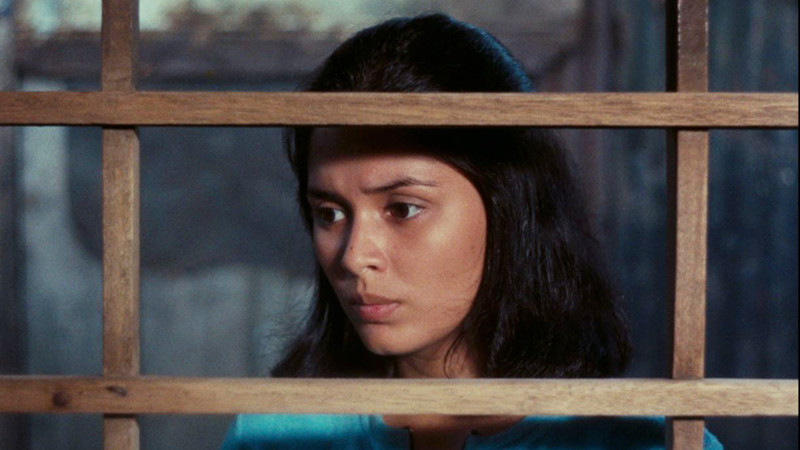
The World Cinema Project is a special program of the Film Foundation which works to restore and preserve lost or overlooked works of cinema from across the globe. Founded by filmmaker Martin Scorsese at the 2007 Cannes Film Festival, the World Cinema Project has restored over forty films to date, generally from parts of the world that may have inadequate resources to conserve their film history.
Films restored and revitalized with assistance from the World Cinema Project possess a spirit or quality which make them important to their originating culture or period of creation. Whether politically, socially, or artistically, each addition to the World Cinema Project confronts important themes and narratives that justify their preservation. This list will consider ten incredible, intelligent films from around the world that are part of the World Cinema Project.
1. Limite (1931)

One of the oldest films to be preserved by the World Cinema Project is the 1931 film Limite from Brazilian director Mário Peixoto. This silent work is known to be one of Brazil’s most celebrated experimental films and has amassed a cult following. Limite was restored in 2010 by the Cinemateca Brasileira and Cineteca di Bologna with support from the World Cinema Project. Limite works with a dramatic approach to focus on three contrasting characters in search of escaping from their former lives.
Limite follows a man and two women lost at sea in a small boat with feeble hopes of being rescued. The film works in flashbacks to portray the past lives of these three characters, all with different experiences but similar feelings of discontent.
In consideration of Limite’s 1931 release, the film is highly ambitious in its poetic, non-linear structure and two-hour runtime. As the film reaches its emotional crescendo, it becomes more-experimental in its dramatic imagery. During the mid-20th century, Limite was almost considered to be a lost film, but since being restored has garnered quite an admiration as one of the greatest works of early experimental filmmaking from Latin America. Fans of avant garde filmmaking should surely take the chance to see Limite.
2. Redes (1936)
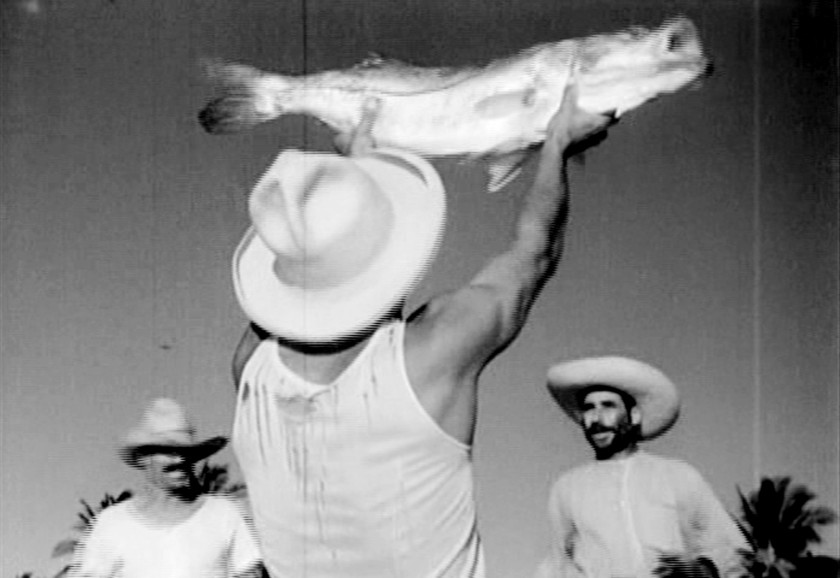
Hailing from Mexico is the 1936 film Redes, co-directed by Emilio Gômez,Fred Zinnermann, and Paul Strand. Restored in 2009 by Cineteca di Bologna and the World Cinema Project, Redes is a striking early film that provides compelling criticisms of political corruption and worker rights.
Redes takes place in a small fishing village on the Gulf of Mexico. The village folk begin to experience exploitation in the fishing market at the mercy of the wealthy, leading the poor, unhappy workers to organize in rebellion against their oppressors.
Redes clearly addresses issues of wealth disparity and political corruption in Mexico. Redes was supported by the left-leaning Mexican government during the times of the film’s release, further emphasizing its unique existence at the cross-section of political art and society. The film’s bombastic score and symbolic imagery work well to support its lifelike portrayals of social inequality. An early work of cinema that concerns itself with huge issues that our world is still faced with today, Redes is a bold and poetic example of socially radical filmmaking.
3. Dry Summer (1964)
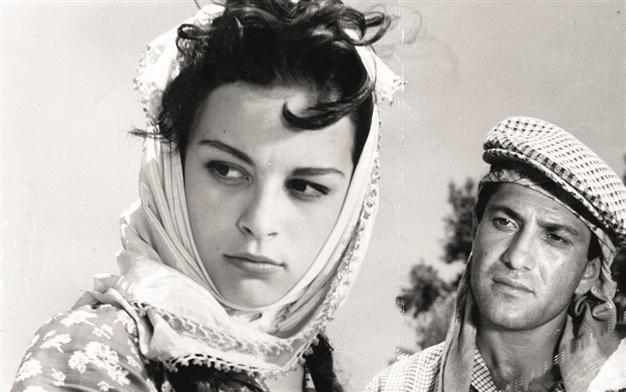
One of two Turkish films to be included in the World Cinema Project is director Metin Erksan’s Dry Summer, released in 1964. Dry Summer was restored in 2008 by the Cineteca di Bologna, The World Cinema Project, filmmaker Fatih Akim and Ulvi Dogan, who had a leading role in the film. Dry Summer is an impressive and intelligent work that concerns itself with nuanced motifs of passion, greed, and obsession.
Dry Summer takes place in a small rural Turkish town where two landowning brothers, Hasan and Osman, decide to dam off a natural spring on their land so as to keep the water from running to the local community. Coerced by older brother Osman who has greedy intentions of keeping the water for their own crops, the brothers alienate themselves from their neighbors who soon retaliate and cause conflict with Hasan and Osman that they never intended to have.
Veiled by symbolism alluding to water, a natural resource that should be available to all, Dry Summer is able to address astute commentary in regards to the possessiveness and obsession displayed through Osman’s greedy, uncompromising behaviors. As Dry Summer moves forward, Osman and his family must face the consequences of his selfish actions which offer no forgiveness. Upon release, Dry Summer became the first Turkish film to receive the Golden Bear at the Berlin Film Festival, later even having a small release in the United States before Turkish censorship left the film nearly impossible to find for many decades. Luckily since its 2008 restoration, Dry Summer is readily-available to locate and is an addition to the World Cinema Project begging to be seen.
4. Black Girl (1966)
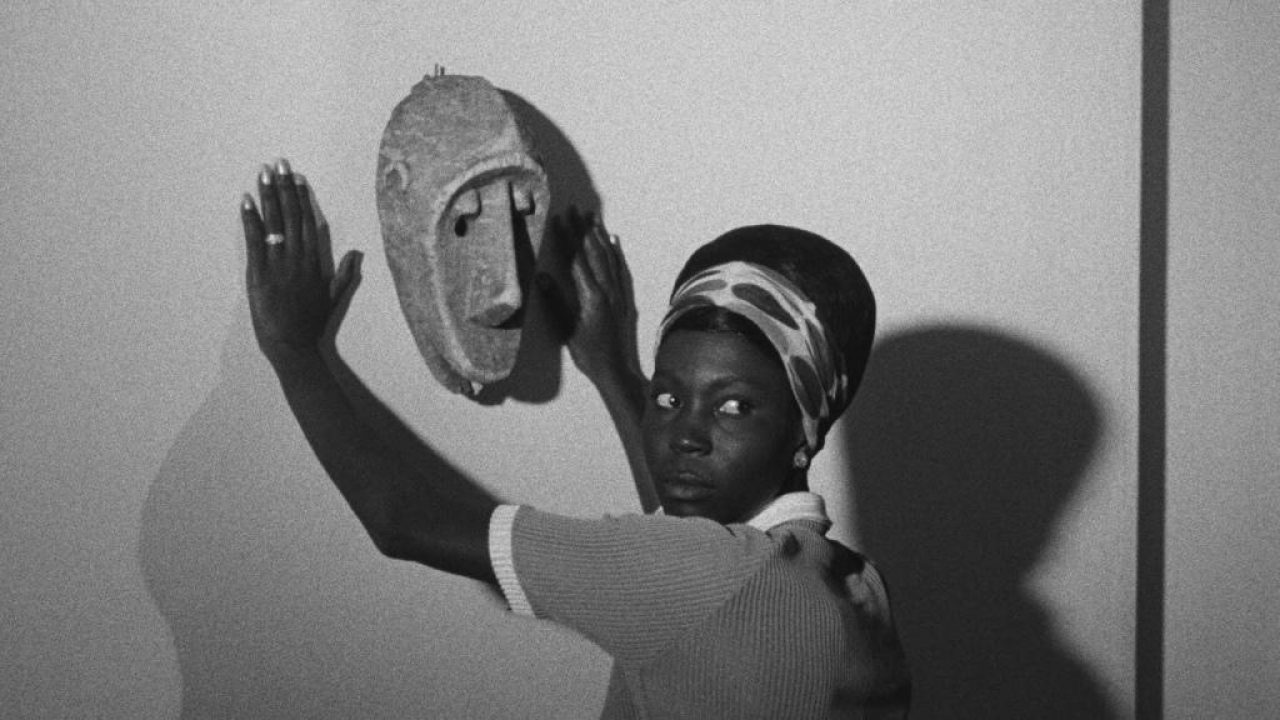
One of the most famous films from the African continent is Black Girl, directed by the iconic Senegalese filmmaker Ousmane Sembène and released in 1966. Black Girl was restored in 2013 by Cineteca di Bologna and the Sembène Estate with funding from the World Cinema Project. One of the 1960’s most essential arthouse films, Black Girl confronts racism and discrimination in France and the lasting effects of colonialism.
Black Girl spotlights the life of Dioanna, a young woman who decides to leave her life behind in Senegal to work as a nanny for a wealthy family in Southern France. Dioanna realizes that her new life in France will not be as elegant as she had hoped, now understanding that the family has actually employed her to be a housekeeper. Soon, Dioanna faces a hopeless life of loneliness, discrimination, and ill treatment at the hands of her employers.
Black Girl is an insightful and stylish film that successfully captures the African experience in a post-colonial world. The film makes visual nods to European film movements including Italian Neorealism and the French New Wave while simultaneously presenting a film that is inherently African by keeping laser-focused on Dioanna’s experience. Dioanna’s involvement as “the other” in a foreign land speaks greatly to the time of the film’s release, when debates concerning immigration in France created much tension. One of cinema’s most well-known films to be included in the World Cinema Project, Sembène’s Black Girl is a prolific work that is a must-see.
5. Memories of Underdevelopment (1968)
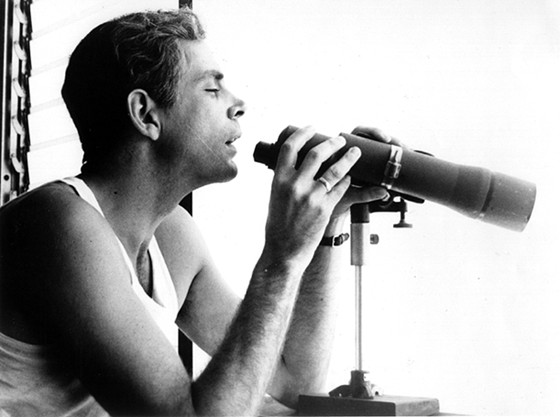
Memories of Underdevelopment is a hidden gem of Cuban cinema from filmmaker Tomás Guitérrez Alea. Originally released in 1968, the film was restored in 2016 by Cineteca di Bologna in association with the Instituto Cubano del Arte e Industria Cinematográficos and the World Cinema Project. Adapted from a novel, Memories of Underdevelopment investigates the evolving zeitgeist of Cuba during the mid-twentieth century through the experiences of a writer living in Havana during the 1960s.
Sergio is a cultured, well-off writer who watches his family and friends around him flee from the newly-Communist Cuba. Through Sergio’s thoughts and memories, the audience learns of his personal problems and come to understand how he has become estranged from those around him. As with many others, Sergio has become disillusioned with what his life and his home country have become, feeling little hope for the future.
Memories of Underdevelopment works well in showing the realities of Cuban society through Sergio’s memories and experiences, even combining historical footage from the times into the film. Sergio’s character feels trapped by his circumstances, mirroring the true social attitudes in post- revolutionary Cuba. Memories of Underdevelopment is an essential Cuban film, an exceptional work to be supported by the World Cinema Project.